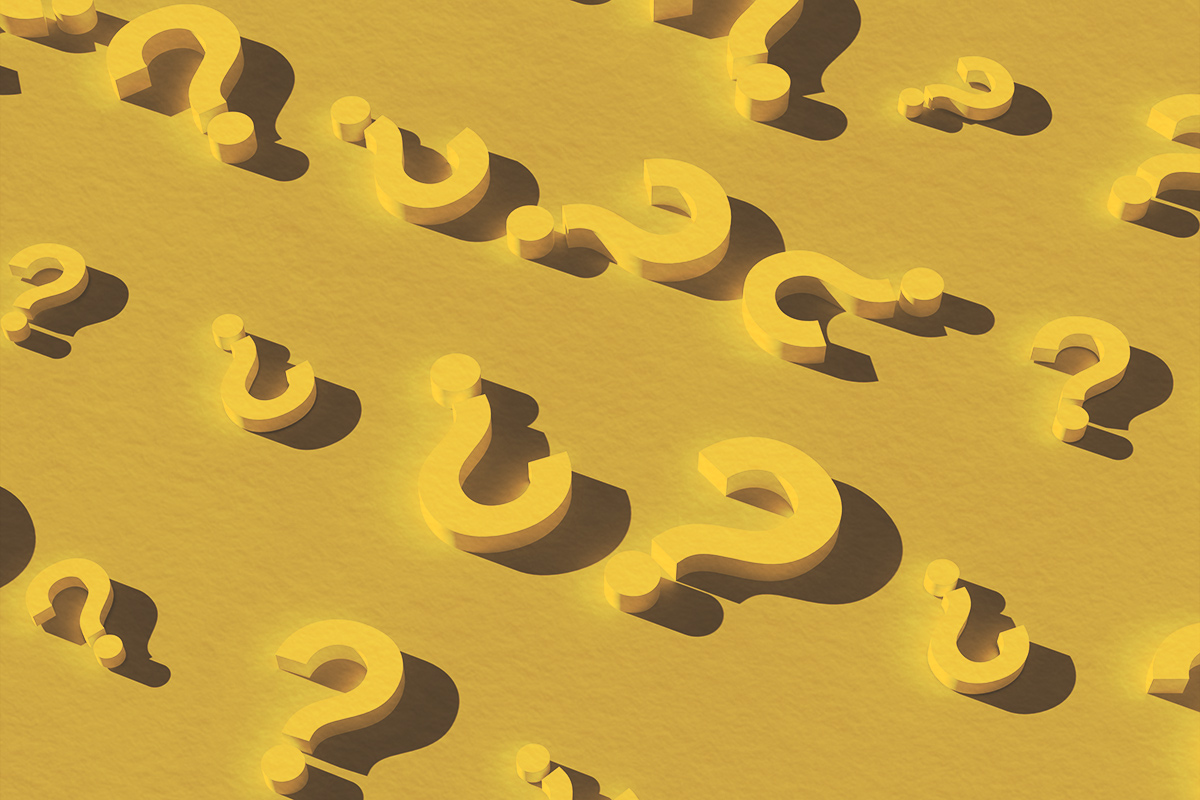
There’s a common axiom that we all have same 24 hours in a day. Some days seem to pass by faster than others, but whether we’re stopping to smell the roses on a summer day or watching the clock race by on a deadline, those 24 hours are the same. Each hour can be counted, from the first one (hour 0) to the last one (hour 23). That said, how people count and describe those hours around the world can vary. Let’s take a closer look at how to tell time around the world, with a particular focus on what different time abbreviations mean.
The 24-hour clock simply counts how many hours have been completed that day. The first two digits are the hours, followed by a colon and then two digits for minutes. More precise timekeeping (for sports, countdowns, etc.) can add colons and digits to track seconds and milliseconds, too.
When a digital clock reads 00:00, it is midnight; 12:00 is noon; and 23:59 is the last minute of the day. Midnight could also be 24:00, but many timekeepers argue that the millisecond past 24:00 flips to the next day, and the time should be documented as 00:00. In places that use 24-hour time, the mechanical clocks will often have two rings of hour markings, o to 12 and 13 to 24.
Although 24-hour-time is widely used in Britain, the U.S. military, and many other places around the world, North Americans and Australians are far more accustomed to the simpler 12-hour clock.
According to the 12-hour clock, the calendar day starts at 12, midnight, then ticks up to 1 a.m. The clock then pivots at 12, noon, around the time the sun is at its highest point in the sky. Everything in the day is either before noon (morning), or after noon (aptly named afternoon, and also evening and night).
Splitting the 24-hour clock in half creates two counts: how many hours have elapsed since midnight, and how many hours have passed since noon.
The abbreviations “a.m.” and “p.m.” differentiate between these counts. Since these times revolve around noon, we might expect to see “n” in the abbreviations, but 17th-century Englishmen opted to use Latin instead.
In Latin, “a.m.” stands for ante meridiem. Translated, this means “before midday.” The counterpart, “p.m.,” stands for post meridiem, which, naturally, translates to “after midday.” In establishing the timekeeping standards, midday was set to be 12, noon.
To further clarify, it was decided that 00:00, the start of the new day, would be known as 12, midnight. And 12, high noon, would be the transition to the p.m. hours. (Technically there is no 12 p.m. because it is not “post,” but there is a 12:01 p.m.) To avoid confusion, many say simply “midnight” or “noon” instead of the 12 o’clock times. While context (setting doctors appointments, requesting work meetings) usually clarifies whether someone is referring to 3 a.m. or 3 p.m., it’s always helpful to add a quick “in the morning” if the time is a bit more ambiguous. For example, a night owl may have no problem showing up for 10 p.m. plans, but their friends will be sitting at 10 a.m. brunch wondering why they got stood up.





















